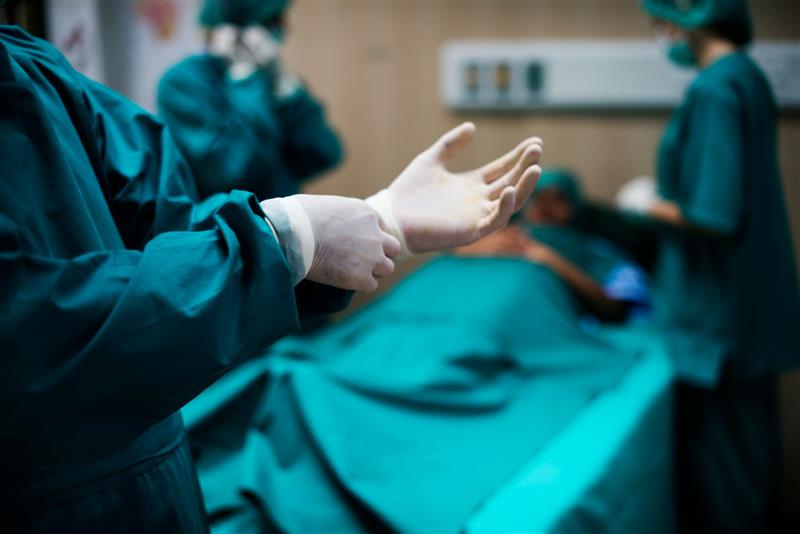
What Is the Difference Between Open Surgery and Minimally Invasive (Laparoscopic) Surgery?
Surgical techniques have advanced dramatically over the past few decades. According to a 2024 study published in The Journal of Clinical Surgery, nearly 70% of abdominal operations in India are now performed using minimally invasive methods. This shift reflects a growing preference for procedures that are safer, faster, and easier to recover from. Yet many patients still wonder what actually separates open surgery from laparoscopic surgery, and when each one is needed.
Open surgery is the traditional form of operation that most people imagine — a larger incision through which the surgeon directly accesses the area that needs repair or removal. It allows for clear visibility and the ability to manage complex or emergency situations where precision and tactile control are critical. Conditions such as advanced cancers, extensive trauma, or multiple organ involvement still rely on open surgical methods. However, the approach often leads to longer hospital stays, higher risk of infection, and visible post-operative scars.
Laparoscopic or minimally invasive surgery, on the other hand, involves making a few small incisions — typically less than a centimetre each. Through these, a thin camera (laparoscope) and specialised surgical instruments are inserted. The surgeon operates while viewing magnified, high-definition images of the internal organs on a monitor. This method reduces tissue damage, limits blood loss, and shortens recovery time significantly. Patients can often return to work or daily routines within days instead of weeks.
The benefits of laparoscopic surgery go beyond smaller scars. Less pain after surgery means reduced dependence on medication, lower chances of wound-related complications, and faster overall rehabilitation. It also helps in preserving muscle structure and maintaining cosmetic outcomes, which can be particularly valuable in younger or active individuals.
That said, laparoscopic surgery may not be suitable for every case. In certain emergencies or when internal visibility is restricted due to severe infection or scarring, surgeons may recommend the open method for complete safety. The choice depends on multiple factors — the patient’s condition, type of disease, and the surgeon’s clinical judgment.
At Adster Multi-Speciality Hospital, our Department of General and Laparoscopic Surgery combines advanced technology with experienced surgical expertise to determine the most appropriate approach for every individual. Each case is carefully evaluated with detailed diagnostics and pre-operative planning to ensure both safety and precision in outcome.
Surgery, in any form, is never just a procedure — it’s a step toward restoring confidence, movement, and well-being. If you’ve been advised surgery or wish to understand which
approach best suits your condition, consult our surgical team at Adster Multi-Speciality Hospital, Manapakkam.
